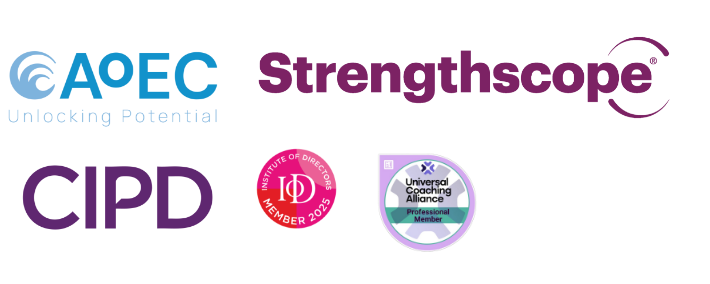
posted 23rd October 2025
I’ve been thinking about this report for a long time. Yesterday’s launch made it real. The conversations in the room, the follow-up messages, the immediate interest from organisations who want to act rather than admire the problem… it all confirms why this work matters.
The Strength Report 2025 is our first snapshot of how leadership coaching shows up in UK workplaces today. It’s grounded in real responses from 170 leaders, managers and professionals and peer-reviewed by independent coaches to keep us honest. The picture is encouraging and frustrating in equal measure: the appetite is there, the benefits are clear, yet access is still too patchy.
What the data says
A few headlines you can use straight away:
- Three in four respondents have experienced 1:1 coaching, and in most cases their organisation paid. Notably, 29 per cent paid out of their own pocket, which tells you people see the value and won’t wait forever for permission.
- On paper, most people say coaching should be for anyone. In practice, access still clusters at senior and middle levels. That’s culture and budgeting, not lack of demand.
- Training without follow-up stalls behaviour change. Just over half attended leadership training in the last five years, but fewer than half of those had coaching to embed it. No surprise that skills slip without support.
- The top barriers people cite are cost, fuzzy understanding of what coaching actually is, difficulty evidencing ROI and the simple fear of asking. None of these is unsolvable.
- Most respondents expect a 6-session programme to land in the £1,500 to £2,100 range. Knowing that anchor helps you design pilots that feel credible rather than luxurious.
If you want the fuller context, the report breaks down who responded, where they work, what they use coaching for and where it gets blocked. It also connects the findings to the Strength Model so leaders can see where to focus first.
Why it matters
Coaching isn’t a perk for the chosen few. It’s a practical way to help people make better decisions, address conflict early and build teams that trust their leaders because they can see them growing too. That’s not theory. It’s what respondents told us they use coaching for and what changes as a result.
And if you’re weighing cost, frame it against the price of letting problems fester. The report lays out the rough bill for a grievance that spirals versus a programme that helps a manager steady the ship. Prevention pays for itself.
What to do next
Here’s how I’d use the report inside your organisation:
1. Start support from day one
Make coaching part of your recruitment package. Next time you need to recruit for a management position, offer coaching for 3-6 months. Demonstrate that you are committed to investing in their development.
2. Run a pilot
Choose one new programme or cohort and include 3 to 6 months of coaching. Track outcomes you already care about, like fewer conflict incidents, faster ramp-up in new roles or improved team scores.
3. Make permission explicit
Half the battle is cultural. Talk about how 30-minute coaching is available and encouraged. Name the process for asking and sharing experiences.
4. Match coach to context
Use external coaches when neutrality and confidentiality matter most. Use internal options for skills reinforcement if you have them. Chemistry and fit always come first.
5. *How*
Set outcomes upfront and design around realistic budget anchors. That turns an idea into a business decision.
Inside the report
- Who responded and where they work
- Access today and who pays
- Why people use coaching
- Perception vs practice
- Coaching after training
- Barriers and price expectations
- Practical recommendations and a simple playbook for making the case internally
A note on tone and approach
If you’re new here: Be Business Fit is values-driven, straight-talking and practical. We care about prevention over fire-fighting and believe strength in leadership is built through behaviour, not slogans. You’ll feel that throughout the report and everything we publish around it.
Download the report
Grab the PDF, share it with your leadership team and use it as a conversation starter at your next exec, HR or L&D meeting. Then, if it helps, book a 30-minute read-out and we’ll walk you through the key findings in your context.
One more thing
If you find the report useful, consider supporting City Hospice, a Cardiff charity close to our work. Strong leadership shows up in how we care for our communities and follow up too.
Lead with strength. Build with integrity.




